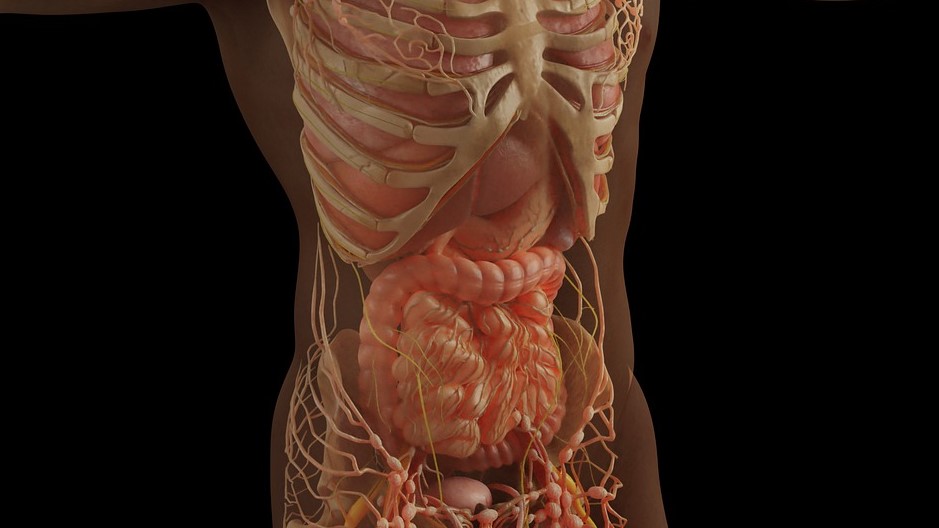New Drug Effective for 3 of 4 Trial Patients with Relapsed Blood Cancer

A new targeted drug, may offer a new treatment option for patients with blood cancers, including chronic lymphocytic leukaemia (CLL) and Non-Hodgkin lymphoma (NHL) whose disease has stopped responding to standard treatments.
In the first clinical trial of this drug in humans, nemtabrutinib was effective in three-fourths of cancer patients tested, without severe side effects. The results of the trial were published in the journal Cancer Discovery.
Haematologist and study lead investigator Jennifer Woyach, MD, notes that about half a dozen drugs are available to treat these B-cell cancers. Although most patients respond to these drugs initially, over time, many patients experience disease progression. The study was done by researchers at The Ohio State University Comprehensive Cancer Center – Arthur G. James Cancer Hospital and Richard J. Solove Research Institute (OSUCCC – James).
“Blood cancers that have relapsed after initial treatments can be difficult to treat, and even with our effective medications, some patients run out of standard treatment options. In this trial, nemtabrutinib looks very promising for patients whose cancer has progressive after other treatments.” said Woyach, who is co-leader of the Leukemia Research Program at the OSUCCC – James.
How this drug therapy works
When an antigen, such as a virus or bacteria, enters the bloodstream, it triggers a set of signals in B-cells to produce antibodies. In some people, said Woyach, this process goes haywire. Instead of fighting infections, the B-cells begin to divide uncontrollably, resulting in cancer. Drugs against B-cell cancers work by binding to a key enzyme, called Bruton’s tyrosine kinase (BTK). This enzyme is involved in the signaling process. The drugs block the action of the enzyme, and as a result, the abnormal B-cells die.
In many patients, this effect is temporary with available drugs. Over time, the BTK enzyme to which the drugs bind mutates so they can no longer stop its action. Soon, the cancer returns. Nemtabrutinib was designed to bind to BTK even in the presence of common mutations that make other BTK inhibitors stop working. It also binds to a number of proteins besides BTK that are important in B cell cancers. These two properties made this drug very appealing to study in this patient population.
Study methods and results
The researchers tested the new drug on 47 patients who have had at least two prior therapies for their blood cancer. Over half of these patients had relapsed CLL, while the others had NHL. The researchers gave these patients one pill of nemtabrutinib every day, with different doses along the trial. They observed the patients’ response to the drug over time and monitored them for side effects.
The study found more than 75% of the patients with relapsed CLL responded to the drug, at an optimal dose of 65mg. These included patients who had mutations in BTK. Most patients remained cancer free for at least 16 months during the trial. While all patients experienced some side effects – which is common with chemotherapeutic drugs – many of these were minor and manageable, proving that the drug was also very safe.
“The drug is being moved to larger and more definitive trials, where it will be compared against other standard-of-care drugs, and in combination with other active medications,” said Woyach.
The blood cancers investigated in this trial affect B lymphocytes, which is a cell that is responsible for producing antibodies and fighting infections. CLL is the most common leukaemia making up a quarter of leukaemia cases among adults, and NHL accounts for 4% of all cancers in the United States.
Source: Ohio State University




